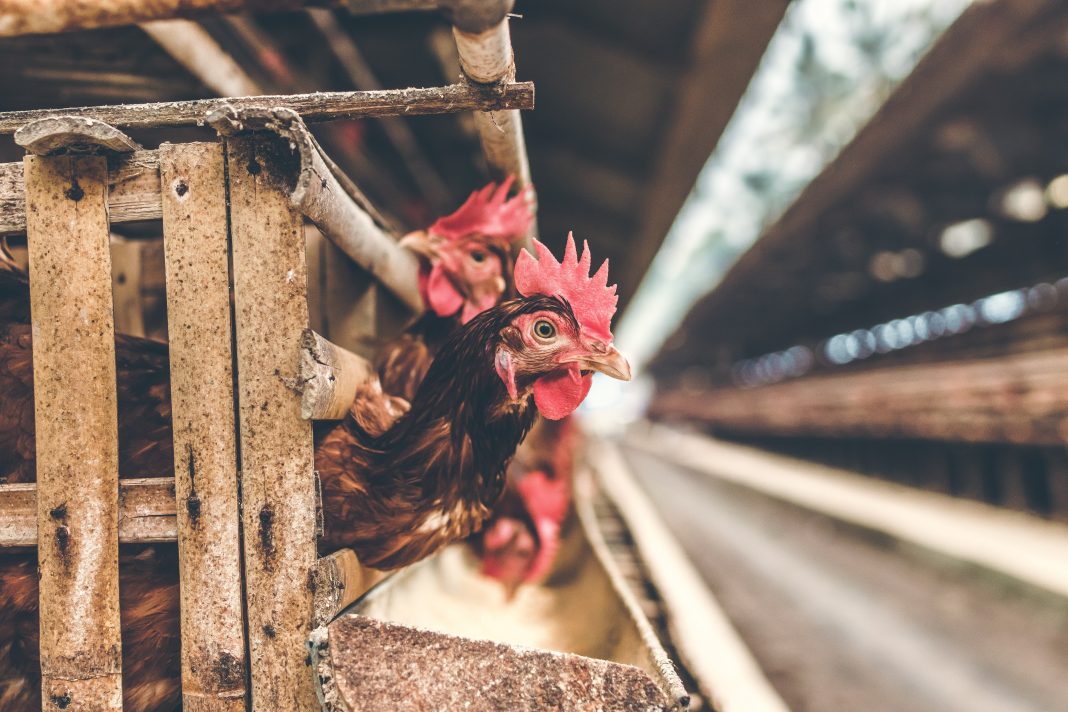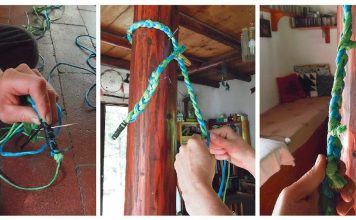 |
|
| Issue #132 • November/December, 2011 |
|
I am sure many of you have raised large flocks of chickens for years as a normal part of rural life. However, many suppliers of baby chicks today have reported their spring sales have doubled every year for the past five years, and the majority of these increased sales are going to urban homeowners who have never raised chickens before.
Distributors of chicken supplies and feeds are also reporting a significant increase in requests for training and educational materials related to raising chickens. Part of this recent interest appears to be associated with the increased demand for natural foods with no pesticides or hormone additives, while others just want to leave the city and live a simpler life.
Sales of pre-manufactured and ready-to-use chicken coops have also dramatically increased. Unlike the large room-size chicken houses many of us may remember from visits to our grandparents’ farm holding 50 or more chickens, the majority of these pre-manufactured coops are sized to house only four to twelve chickens. The primary difference between raising farm chickens and a few backyard chickens is many first timers still have regular nine-to-five jobs in the city and are constantly on the go in the evenings and on weekends.
Manufacturers of automated coop doors also offer models designed to operate on 12 volts DC, and there are numerous 12-volt light fixtures available from RV and boating suppliers. Since you will want to minimize cost, I suggest buying a 12-volt DC light fixture designed to use an LED-style lamp. Although more expensive than a standard light bulb, they will significantly reduce the cost of a larger solar module and battery which would be required to power a conventional light fixture.
I selected a surface-mounted LED fixture designed for interior boat lighting, and a sealed 12-volt battery typically sold as backup power for commercial fire alarms and computer UPS (uninterupted power supplies). Pick a solar charge controller designed to charge a sealed battery, since a standard solar charger has a higher voltage output that will over-charge and dry out a sealed battery. If you want to also automatically turn the light on and off, some solar charge controllers include a timer function that is triggered when the solar module senses sunset. This type of control can provide both dusk-to-dawn lighting control as well as timed-off hours of operation after sunset.
Although it takes some fine-tuning and a learning process for the chickens, ideally the light will turn on before dark and bring in the chickens before the door sensor decides to close the door for the night. I must admit that some of my chickens still have not gotten with the program and end up standing outside at the closed door half the night. I am not sure any automatic system will totally eliminate the need for some personal attention from time-to-time, just to make sure all the ladies are safely in for the night.
System electrical design
This design assumes all of the electrical devices you want to power will operate from a 12-volt DC battery. For this application you will need a solar module to mount on the roof, a sealed battery to locate in an unused interior corner, and a solar charge controller. Due to the low voltages and limited power required, most of this wiring will be in the #16 to #18 size range and can be easily stapled to the interior walls and ceilings of the coop. Just remember that chickens are curious and will peck at anything that looks interesting, so keep the wiring and electrical components out of reach when possible.
A solar module in the 10 to 20-watt range should meet most of your power needs, and will have a very low shock or fire hazard. However, even a small sealed battery can cause wires to glow red and start a fire if shorted out, so I strongly recommend including an automotive-style DC fuse between the battery “positive” and the rest of the electrical circuit. Finally, even the best automatic controls that operate motorized doors and lights can get out of sequence with the day/night cycle, so I suggest including a manual switch that you mount just inside the main door or you may find yourself crawling inside the coop when the automatic door gets stuck.
Conclusion
Raising chickens is no longer limited to 100-acre farms and commercial chicken growers, but as you bring chickens into more populated areas and on smaller tracts of land be sure to consider your neighbors’ concerns and local ordinances. Giving away fresh eggs can help, but you still may need to obtain a special use permit, meet property-line setback limits from neighbors’ homes and wells, and finally, limit noise and smell. This usually means no roosters waking everyone up in your cul-de-sac at 5 am and frequent house cleaning with fresh wood shavings.
You will not believe how resourceful area dogs and foxes are at digging under a fence, or how quickly a hawk can fly in and carry a young chicken away. There have been cases of predators breaking glass windows to get into a chicken house and killing every chicken they can reach. Provide a safe environment for your chickens and you will be rewarded with more fresh eggs than you can possibly eat while letting the sun power everything.
|
||||||
[weaver_widget_area id=’articles_about_yago’ class=’text3′]




















